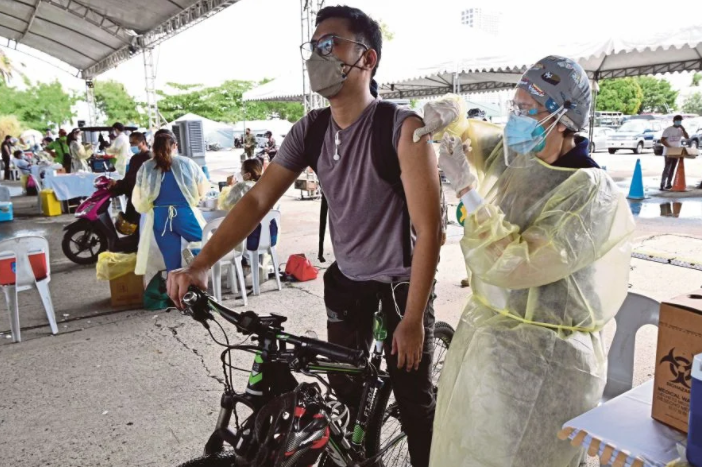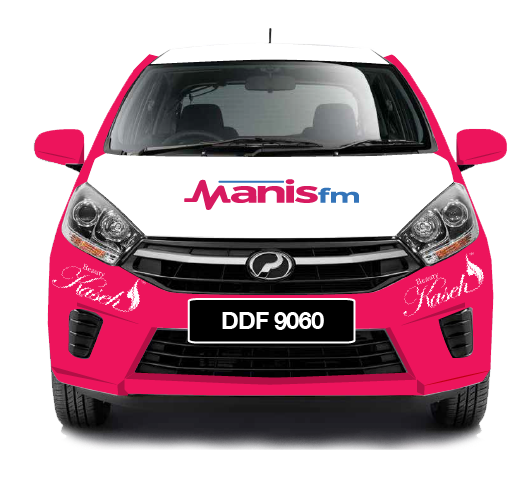
According to a study by the Ateneo de Manila University (ADMU) having fewer barriers in public transport vehicles reduces the risk of Covid-19 transmission.
The study, led by Dr. Joel Maquiling of ADMU, was funded by the Department of Science and Technology (DOST), the Philstar.com portal reported.
Science Secretary Fortunato dela Peña said the study showed the number of barriers and how it’s arranged, affects the airflow within public transport vehicles, and this affect the Covid-19 transmission prevention.
By barriers, the study referred to seats with backrests, acetate or plastic barriers and face shields.
Dela Peña said the government agencies and policymakers can use the results of the study in designing and implementing policies and guidelines, and guide transportation engineers in reconfiguring vehicles.
He said the information generated from the study may also be utilised by medical or health-related businesses in designing, fabricating and implementing appropriate personal protective equipment for commuters.
The study, conducted from May to October, covered public utility buses, the Light Rail Transit (LRT), and the Metro Rail Transit (MRT) configurations, using 3D simulations to look at airflow.
The study found that the current LRT and MRT configurations cause better airflow within the vehicle compared to the current commuter bus setup. This is because of the seats in LRT and MRT are arranged at the site and passengers facing each other.
This arrangement also reduces the quantity of seats and limits the maximum passenger capacity.
Aside from barriers, additional inlets or outlets in the vehicle s configured in an alternating open-closed-open manner would enhance the airflow and flush out any agents of infectious disease.
The study team also focused the importance of wearing face mask that fit the face, rather than using barriers of any form.
Source: PHILSTAR








